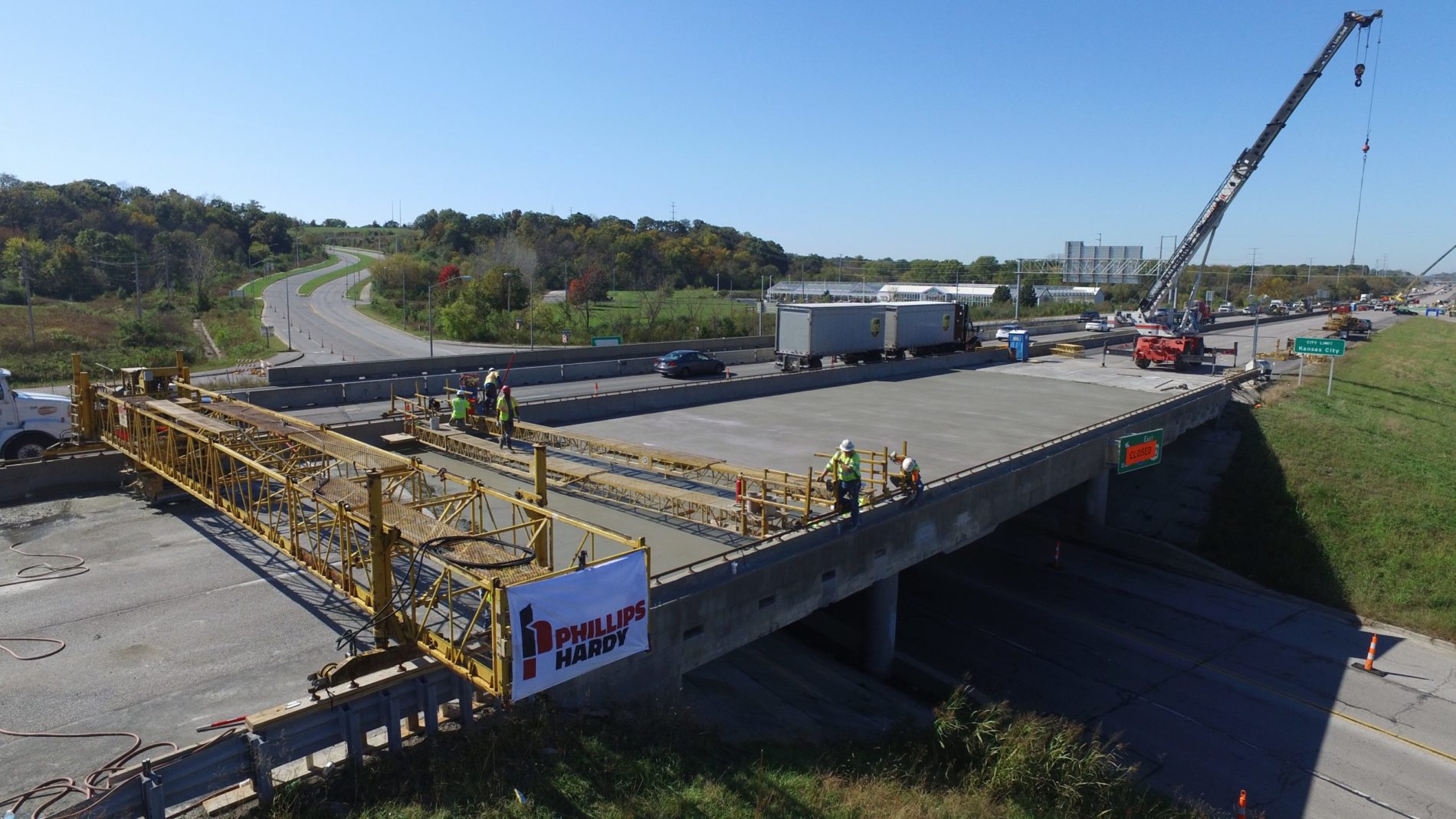Note: Helix® Micro Rebar® reinforcement must be approved by the engineer of record and/or building official prior to construction in accordance with allowances in the code (e.g. IBC/IRC 104.11). The Helix Steel engineering team provides full support of this process. Contact us for design assistance and approvals.
Site Preparation
Learn all the things you should do before you pour Helix on the site. This video covers design detailing and sub-grade preparation.
Pre-pour Planning
In an effort to help you make sure all your pre-pour planning bases are covered, we’ve outlined the steps you can take to prepare for a successful concrete pour. The video outlines mixed design, recommendations, field-quality assurance and trial batches while using Helix to ensure the pour is placed quickly, smoothly, and without injury or issue.
Dry Batch (Truck) Mix
See how to add Helix to a dry batch (the concrete materials are added dry into the truck and the truck does the mixing) ready mix plant.
Wet (Central) Mix
Instructions on how to add Helix to a central/wet mix plant (the concrete is premixed in by the plant and discharged into trucks after mixing is complete).
Site Batching
Not able to add Helix at the plant? No Problem! Stop before adding whole boxes at a time and review these instructions for proven methods of adding Helix successfully at the jobsite.
Placing
The placing of concrete is an essential operation because it largely determines the success of a structure and its durability. See instructions for pumping, conveying and direct discharge placement of Helix reinforced concrete.
Consolidating
Use normal concrete best practices for consolidating and Vibrating with Helix.
Screeding
The screeding process helps to force the Helix and aggregates below the surface. Make sure that the screed engages the concrete in its auger for best results.
Bull Float
Watch the video to review the best practices associated with initial floating practice when using Helix.
Power Float
Helix is compatible with a power trowel that is utilized in the technique of power floating. This video details the best practices when applying the power float process to a slab.
Troweling
Helix is fully compatible with hard trowel operations, take a look at this video for some best practices.
Precast, Form and Tilt Finish
Helix will finish smooth against forms without protruding. Be sure to make sure form edges are clean and free of damage.
Broom Finishing
Helix will not stick up even with broom finishes. Be sure to review these best practices. Proper timing and brooming in one direction only are the most important considerations.
Stamping
Similar to form finishes, Helix works well with concrete stamps. Follow normal best practices for stamping.
Cutting
Helix cuts cleanly due to its screw shaped threading. Review our best practices for early entry and wet cutting.
Curing
Shrinkage and curling are issues that can be avoided with proper curing. Helix requires no special curing practices, but review this video for general curing best practices.
Polishing
Looking for a cool architectural finish – salt and pepper with silver sparkles? We can provide this with Helix, but this video is a must view for those interested in polished finishes with Helix.


